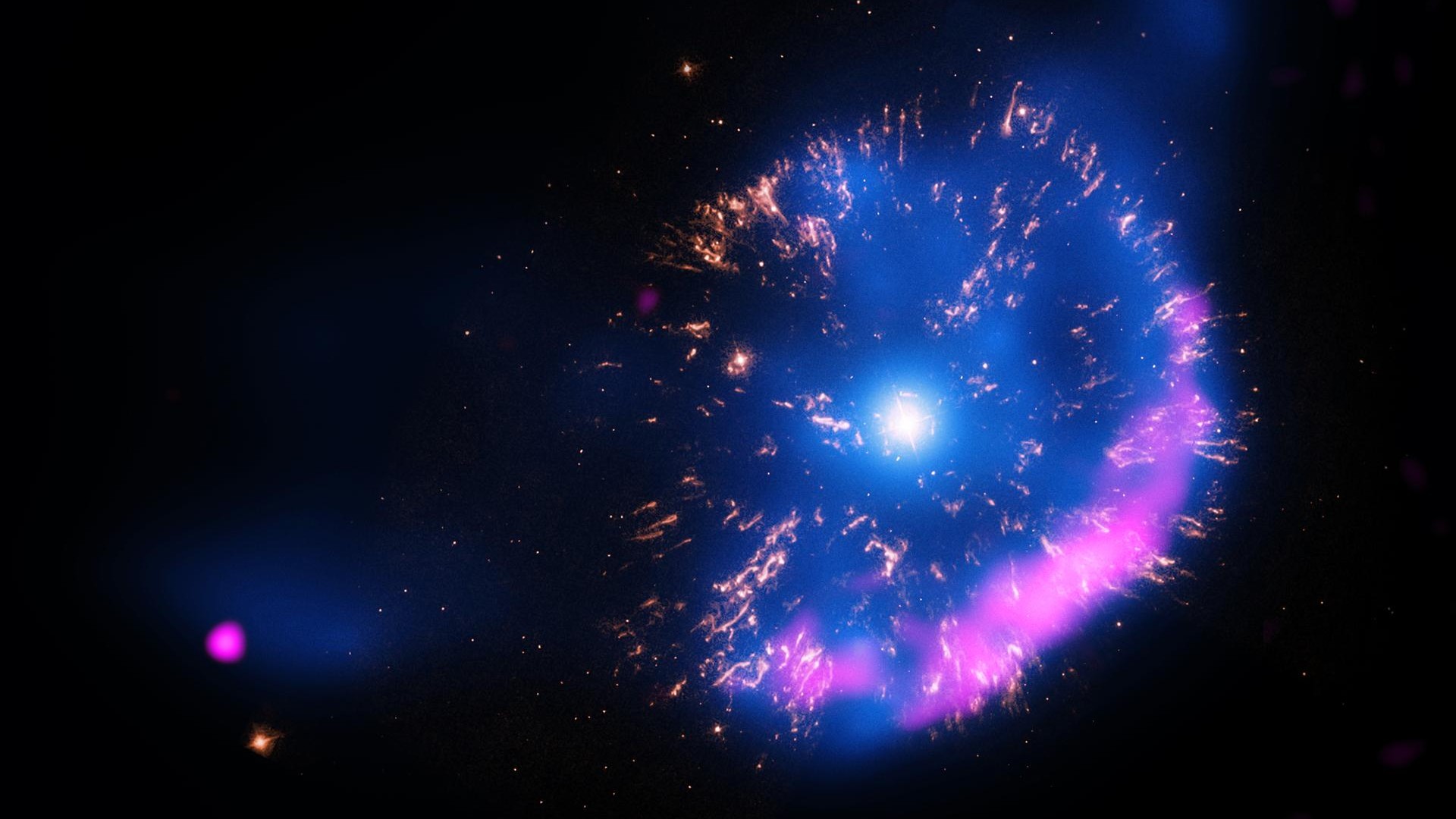Strange Shapes Seen on Mars
SAN FRANCISCO—NASA scientists have discovered what might form some of the weirdest landscapes on Mars, winding channels carved into the Martian surface that scientists have dubbed ?spiders,? ?lace? and ?lizard skin.?
The unusual landscape features form in an area of Mars? south pole called cryptic terrain because it once defied explanation.
But new observations from NASA?s Mars Reconnaissance Orbiter, presented here today at a meeting of the American Geophysical Union, bolster theories that the intricate patterns may be sculpted by springtime outbursts of carbon dioxide gas from underneath the frozen-carbon dioxide polar ice cap.
Bottom-up
Mars, like Earth, has seasons that shift as the planet orbits the sun. During the southern hemisphere winter, some of the carbon dioxide in the planet?s atmosphere freezes to form a translucent ice cap made of the gas.
Come spring, the sun?s rays penetrate this layer of ice and begin to warm the red-rock surface underneath.
?The sun passes through the ice and warms up the surface because the surface is dark and absorbs the sunlight,? explained mission scientists Candice Hansen of NASA?s Jet Propulsion Laboratory in Pasadena, Calif.
Get the world’s most fascinating discoveries delivered straight to your inbox.
The warm surface then heats the ice layer from the bottom up, causing carbon dioxide gas to sublimate (like dry ice fumes used to imitate fog at a haunted house) from it and gather underneath the ice.
As the gas accumulates and its pressure increases, it seeks out weak spots in the ice and bursts forth, spewing carbon dioxide gas back into the Martian atmosphere. The gas carries some of the dust from the surface along with it, which then settles into ?fans? on top of the ice.
?It?s a process unlike anything we have on Earth,? Hansen said.
Intricate patterns
As the surface material is carried out by the rushing gas, channels are carved into the surface that form intricate patterns. Some, which scientists have dubbed ?spiders,? have spindly channels that radiate outward from a center point. Hansen describes other patterns as appearing like lace or scaly lizard skin.
Just what causes these different shapes is a mystery. It could be different features of the underlying landscape or differences in the way the gas moves under the ice, but one thing is for sure Hansen said, ?there?s something that causes the different morphologies.?
Fields of fans of surface material are scattered on top of the ice that overlies the channel features, increasing as the spring wears on and the sun beats down more intensely. Eventually, as summer approaches, all the ice evaporates away, leaving only the intricate scars on the Martian surface.

Andrea Thompson is an associate editor at Scientific American, where she covers sustainability, energy and the environment. Prior to that, she was a senior writer covering climate science at Climate Central and a reporter and editor at Live Science, where she primarily covered Earth science and the environment. She holds a graduate degree in science health and environmental reporting from New York University, as well as a bachelor of science and and masters of science in atmospheric chemistry from the Georgia Institute of Technology.


